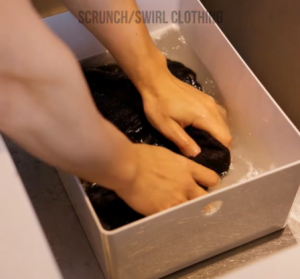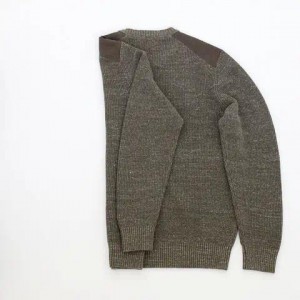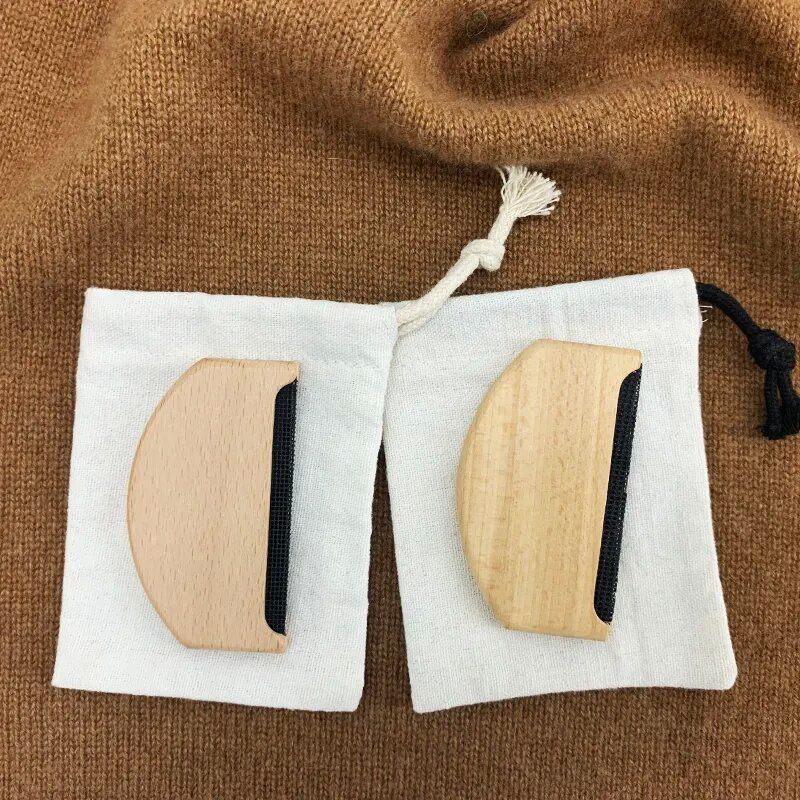Learn to wash your wool and cashmere sweaters safely at home. Use gentle shampoo, cold water, and dry them right. Avoid heat, handle stains and pilling with care, and store folded in breathable bags. With the right steps, you can protect delicate fibers and extend your sweater’s life.
If you’re like most people, you probably don’t feel confident about washing sweaters at home. Maybe you’ve shrunk your favorite sweater in the dryer and now avoid washing it. But good news—you can safely wash your sweaters at home with a little care and the right steps.
Wool and cashmere come from the same family and are used for clothes, fabrics, and yarns. Since they come from animals, they need special care. And sheep’s wool, alpaca, mohair, lambswool, merino, or camel hair—all need gentle washing.
And yes, even if you’ve only worn it once, it’s important to wash your wool or cashmere sweater. Moths and pests love natural fibers. They’re attracted to body oils, lotions, and perfume leftovers.
Step 1: Before-wash Sweater Preparation
Empty pockets and take off belts or jewelry that might pull the fabric. Zip zippers and button buttons to keep the shape and avoid wrinkles.
If you spot a stain before washing, apply gentle stain remover and rub it in with your fingers or a soft brush. Be gentle and avoid harsh scrubbing.

Step 2: Fill with Water & Add Wool and Cashmere Shampoo
Grab a clean basin or use your bathtub, and fill it with cold or lukewarm water—never hot! Wool is very sensitive to temperature, and hot water can cause it to shrink. Add two capfuls of a gentle wool cashmere shampoo

Step 3: Gently Swirl and Soak
Place your sweater in the water and gently swirl the water around for about 30 seconds. Move within the water, not touch the sweater too hard. Because rubbing too hard can leave your sweater stretched or felted beyond saving. Give it a gentle soak—10 minutes is all it needs.

Step 4: Rinse Thoroughly
Dump the cloudy water. Watch it swirl away. Now rinse your sweater under clean, cool water. Let your hands glide over the knit. Keep going until the bubbles disappear—soft, slow, gone. Make sure there’s no detergent residue left in the fibers.

Step 5: Gently Press Out Excess Water
Never twist or wring it—that’s a fast track to a misshapen mess. Once it feels damp rather than soaking wet, lay it flat on a clean, dry towel and reshape it with your hands.
Instead, curl the sweater into a soft bundle and press gently. In other words, fold the towel over the sweater to sandwich it, then roll it up like a jelly roll. This helps soak up even more water.

Step 6: Towel Dry and Air Dry Flat
Gently move it onto a crisp, dry towel. Smooth it out, shape it softly, and let the air do the rest. No heat. No rush. Just patience.
Always dry wool and cashmere sweater flat—never put them in a dryer! And keep your sweater out of the sun and away from blasting heat. Too much heat can leave it faded, shrunken, or sadly yellowed. So the heat will damage the sweater, and once that happens, it’s nearly impossible to fix.

Step 7: Store Sweaters Properly
Always fold your sweaters, never hang them. Hanging causes your sweater to stretch and form ugly shoulder bumps that kill its shape. Fold your sweaters and put them in breathable cotton or cloth bags. They keep moths out and let moisture escape.
Don’t use plastic bins for long storage—they trap moisture and cause mold or pests. Gently wrap your sweaters gently in soft, acid-free tissue. Add a few silica gel packs—to quietly soak up any lingering moisture. It’s like giving them a breathable, cozy little home.

How to Remove Stains, Wrinkles & Pilling
After drying, light merino or cashmere might have some wrinkles. Turn your sweater inside out. Lay a clean cloth on top. Then gently glide a low-steam iron—like a soft breath of warmth easing out every wrinkle. Don’t press one area for more than 10 seconds at a time. And never skip the cloth. Direct heat can cause fiber damage, iron marks, water stains or shiny spots.
Let me explain the reason. Wool is sensitive to heat. Even on low temperatures, the iron can still hurt. It might yellow the wool, stiffen the fibers, or leave behind a harsh burn. Knit sweaters are extra delicate—one press too hard, and you’ll flatten the texture or leave in an ugly mark. Steam irons may also release water or leave shiny marks on the wool surface.
Ever see little fuzzy balls on your sweater where it rubs most, like under the arms or sides? Those are called pills, and while they’re annoying, they’re super easy to remove!
Here’s how:
First, lay the sweater flat on a hard surface like a table.
Second, use a sweater comb or fabric shaver like this one. Gently hold your sweater with one hand. With the other, slowly glide the comb over the little pills. Gently brushing them away—like brushing off little clouds from a clear sky. No rush, take your time. Repeat across all areas where pilling is visible.

And that’s it—your sweater will look fresh and new again!
When to Take Your Sweater to a Professional
Wondering which sweaters you can safely wash at home? In general, I’ll hand wash anything delicate—especially pieces I love and want to take good care of. Natural fabrics like cotton and linen are usually safe, too. Hard water can stress delicate fabrics. Choose soft water to wash them gently and keep them looking their best. It helps stop residue buildup.
But if your sweater has:
Large, deep-set stains
Intricate beading, pearls, or embellishments
A strong odor that doesn’t go away after washing
… it’s best to take it to a professional dry cleaner. They’ll have the tools and expertise to clean it thoroughly without damaging it.
Follow these steps and notes, you can easily wash and care for your wool and cashmere sweaters. They’ll look better and last longer. You’ll save money and feel good knowing your favorite clothes are cared for.
Have questions? We’re here anytime. Welcome to talk with us.
Learn how to care for your wool & cashmere pieces here (if necessary):
Post time: Jul-14-2025




